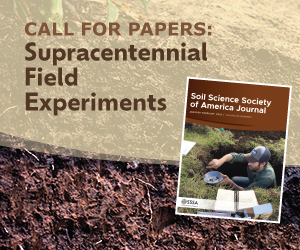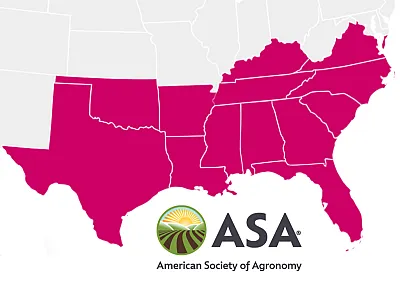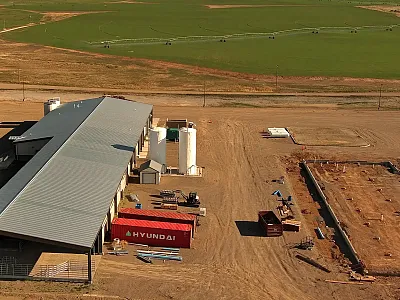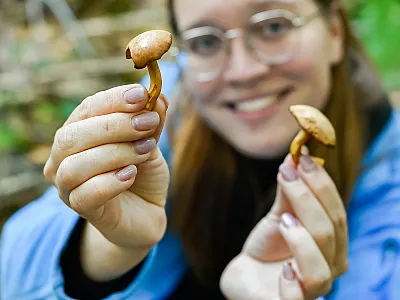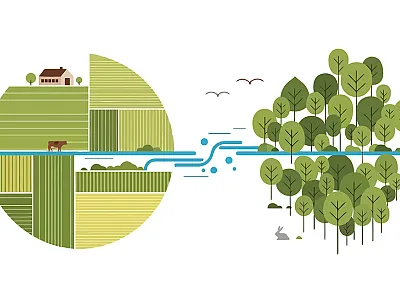Converging grape varieties could mean a less diverse future for wine
Viticulturalists seek to manage changing environmental conditions and global taste
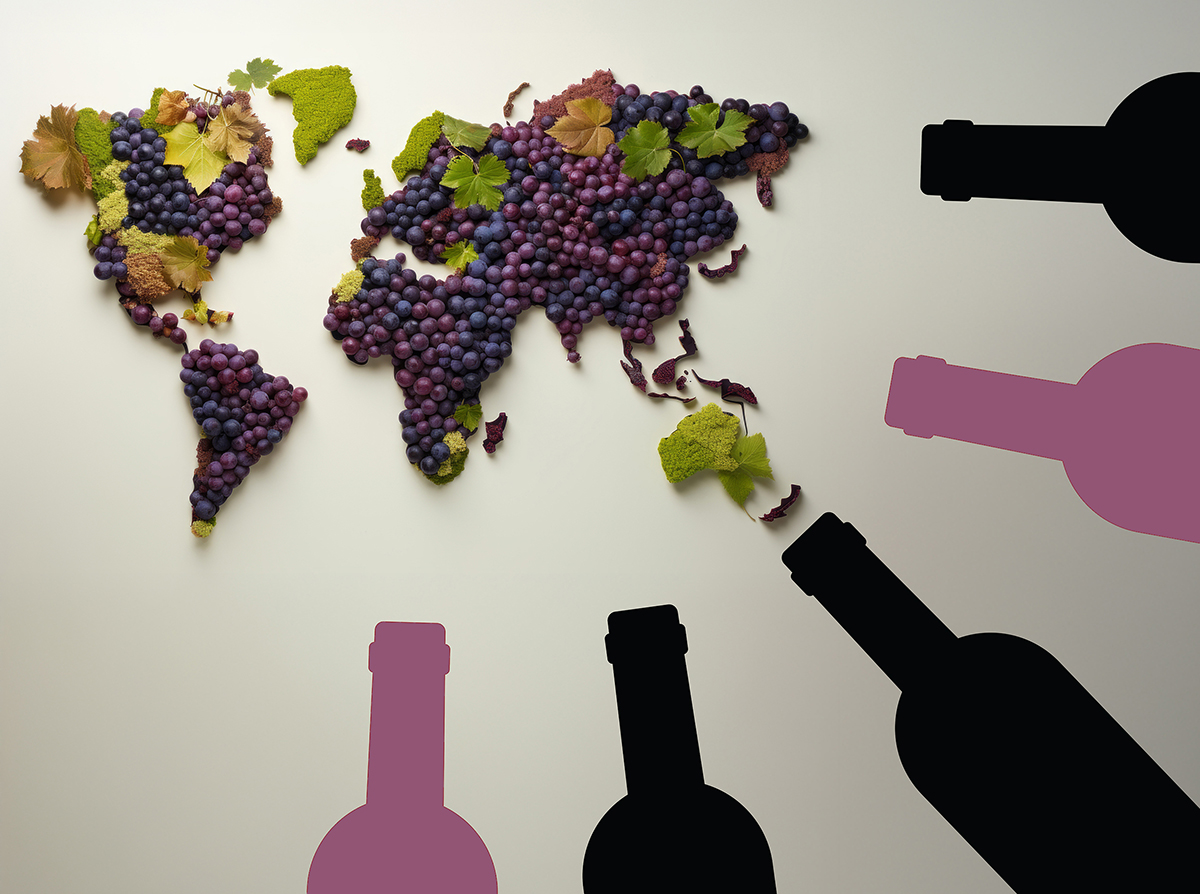
Climate change is disrupting the delicate environmental conditions that wine grapes depend on, leaving vineyards vulnerable to heat, drought, frost, and extreme weather. To adapt, viticulturalists are experimenting with long-term solutions like rootstock–scion pairings and short-term strategies such as canopy management, irrigation, and drought-resistant plant materials. However, economic pressures are driving many growers toward a narrow set of popular grape varieties, threatening regional diversity and raising concerns about the long-term resilience and identity of global wine production.
Many industries are looking for ways to adapt to changing climate conditions. While all components of the agriculture industry must navigate the shifting patterns of temperature and precipitation, viticulture is particularly vulnerable. The quality of the grapes harvested relies on very specific environmental conditions to produce a marketable yield with the specific characteristics that impart a desired and, in some cases, expected flavor profile in anticipated vintages. A study published in the journal Agricultural & Environmental Letters examined how the viticulture industry is coalescing around different varietals as the climate shifts.
“There is an increase in concentration in the varietal mix in most countries and in the world as a whole,” explains Germán Puga, research fellow at University of Western Australia, Perth and first author on the study. “Many regions are concentrating towards varieties that are not necessarily appropriate for the climate of those regions.”
Wine grapes are picky
Grapes imprint their growth history into the chemistry contained within the berry that establishes the phenolic, acidic, aromatic, and color profile of the wine. For example, a cool climate will produce a lean fruit with a light body, tangy acidity, and low alcohol content. The resulting wine may be described as subtle and elegant. As the temperature increases, the fruit becomes more lush, producing a bold, full-bodied wine with a high alcohol content that has a smooth acidity.
“Many regions are concentrating towards varieties that are not necessarily appropriate for the climate of those regions.”
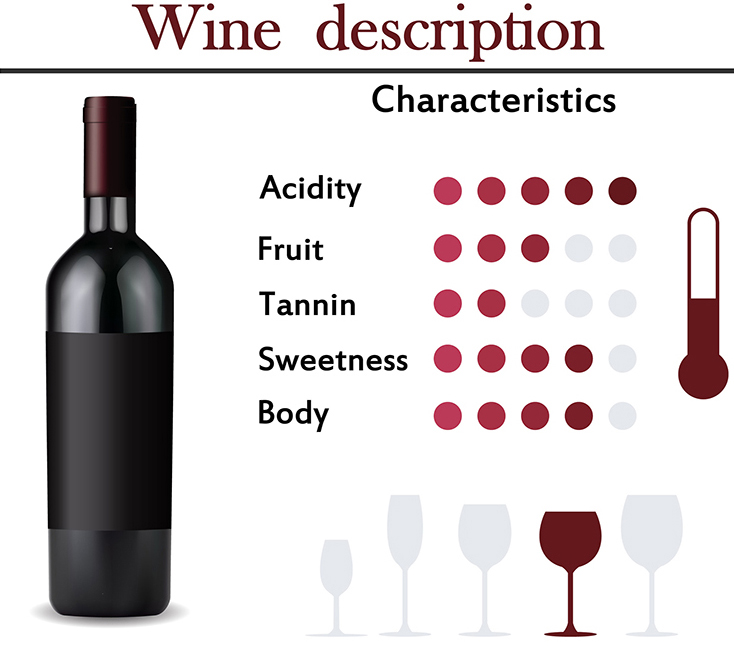
The character of wine depends on the region where the grapes are grown. Wine-growing regions are commonly located in mid-latitude regions with moderate temperature (averaging 55–70 °F, or 12–21 °C) throughout the growing season. These areas are defined by a warm, dry climate, which supports grape ripening. Subtle changes in climatic conditions, particularly sunlight, precipitation, and temperature, could alter the delicate balance that generational vineyards have relied for their annual yield and vintage.
Sunlight provides the energy grape vines and berries need to grow and mature. The level and intensity of sunlight controls the sugar that accumulates in the grape berry as it matures. The sugar content affects the wine’s potential alcohol content.
Temperature, especially the duration and timing of heat throughout the ripening period (40–60 days), plays a critical role in the quality of berries that grow on the vines. Local topography, including slope and drainage, can mitigate the local increase in temperature. In fact, moving upslope can reduce temperature by 1 °F (0.65 °C) for every 325 ft (100 m). In addition, water availability affects photosynthesis, which controls growth and berry development. Supplemental irrigation can address water demands to ensure optimal vine growth and fruit production.
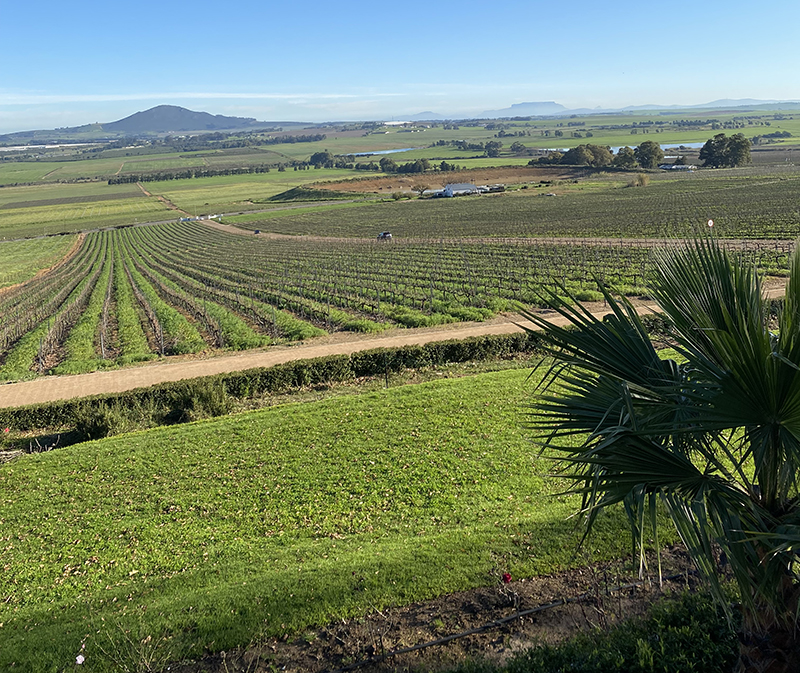
Numerous studies have explored the consequences on changing climate conditions on the viticulture industry. For example, unseasonably warm spells early in the growing season can leave newly emerged buds vulnerable to a follow-up frost. Prolonged heat can also hinder photosynthesis, effectively shutting down vine growth and berry development. Drought can also reduce vine metabolism and cause fruit damage. Water stress reduces upregulation of genes responsible for anthocyanin and terpenoid biosynthesis. Even after supplemental irrigation, the effect of water stress continues long after the stressor has been eliminated. In addition, excessive moisture, especially rapid, heavy rain, can lead to the proliferation of disease. Typically these extreme events are anomalies, but as the planet warms, weather patterns that producers have relied on for generations are beginning to destabilize.
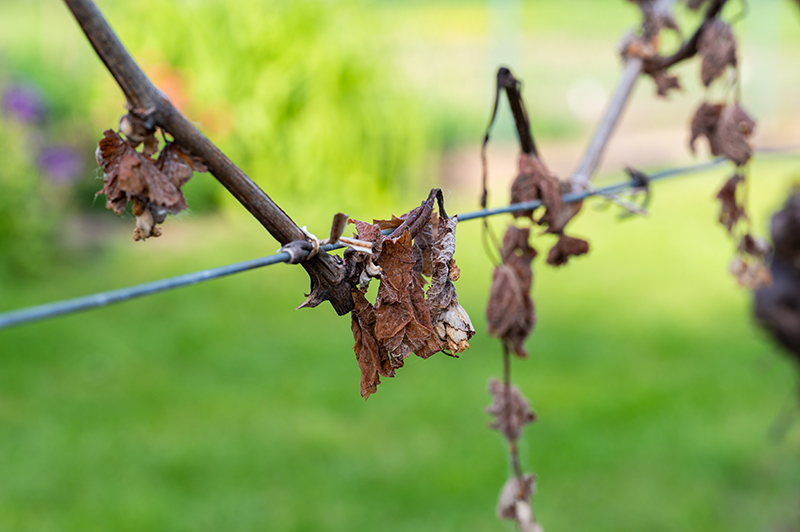
The narrow range of environmental conditions that are optimum for wine grapes puts the vineyards at greater risk from both short-term climate variability and long-term climate change stress. A 2024 study by Cornelis van Leeuwen and colleagues noted that 90% of coastal and lowland wine regions in Spain, Italy, Greece, and southern California are at risk from drought and heat waves.
How viticulture can adapt to climate change
The viticulture industry has been addressing the potential threat posed by climate change for several decades. The industry is exploring both short- and long-term ways to adapt to the shifting environmental conditions. Despite the potential dire future, Greg Gambetta, a professor of viticulture at the Institut des Sciences de la Vigne et du Vin (ISVV) in Bordeaux, France, insists grapes are a very hearty crop and actually quite resilient.
“I think everybody needs to be really grounded about grapevines,” Gambetta says. “There’s a lot that growers can do to reinforce the resilience of the system today in the short-term and in the near- and long-term as well.”
Taking the long-view, viticulturalists have been exploring different scion–rootstock pairings that work well in their region, especially when preparing for predicted future environmental conditions. Originally selected for their resistance to phylloxera, viticulture has embraced the use of rootstock wood—the material that provides the rooted portion of the vine—that is grafted onto scion, or the berry-producing part of the plant. Previous studies have examined different rootstock options to identify varieties for drought resistance and vigor that pair well with the local soil profiles. When grafted to scion wood, the pairing can protect against insect pests, maintain yield, and achieve adaptations to delay ripening despite changes in environmental conditions. This approach keeps traditional varieties within the altered ripening window of historic vineyards. It takes the long view to adapt to changing climate conditions, requiring planning and time because it can take 12–25 years to grow mature vines to produce a harvest for wine production.
“There’s a lot that growers can do to reinforce the resilience of the system today in the short-term and in the near- and long-term as well.”
While viticulturalists are bringing the next generation of vines to maturity, they can begin folding shorter-term management practices into their vineyards. One of the most effective short-term approaches focuses on adjusting canopy and vineyard floor management techniques. Increasing trunk height in training systems from the traditional 11 inches (30 cm) to over 3 ft (1 m) reduces the vertical temperature gradient. This minor adjustment can fine-tune the micro-climate in the grape bunch zone. In another approach, simply reducing the leaf-area-to-fruit-weight ratio can delay berry ripening and limit total acidity. Overhead shade also limits evapotranspiration and reduces sun exposure and the risk of berry sunburn.
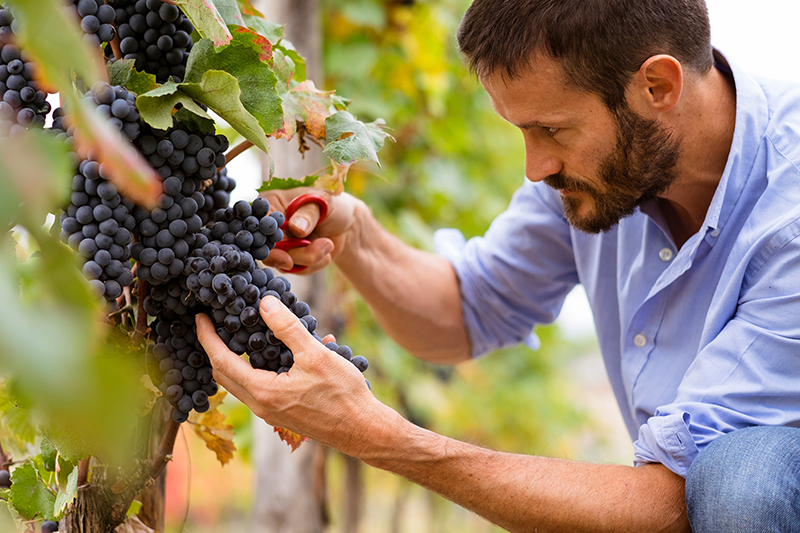
The use of drought-resistant plant material and the adoption of different training systems are effective strategies to mitigate an increase in seasonal temperature. Changes in precipitation can be addressed with supplementary irrigation; however, these adaptations might not be enough to maintain economically viable wine production in all regions of the world.
Converging varieties threaten wine diversity
Viticulturalists have long cultivated their own characteristic grapes that yield a unique vintage defining their region, but the stress placed on vineyards by climate change has many growers moving to varieties that are broadly accepted by the public to confer economic stability and will grow effectively in their vineyards. Puga sought to examine how changing climate conditions affect how growers select varietals. In the study, he analyzed the influence of climate similarities across countries and compared the results to the similarities in their winegrape variety mixes over the past quarter century.
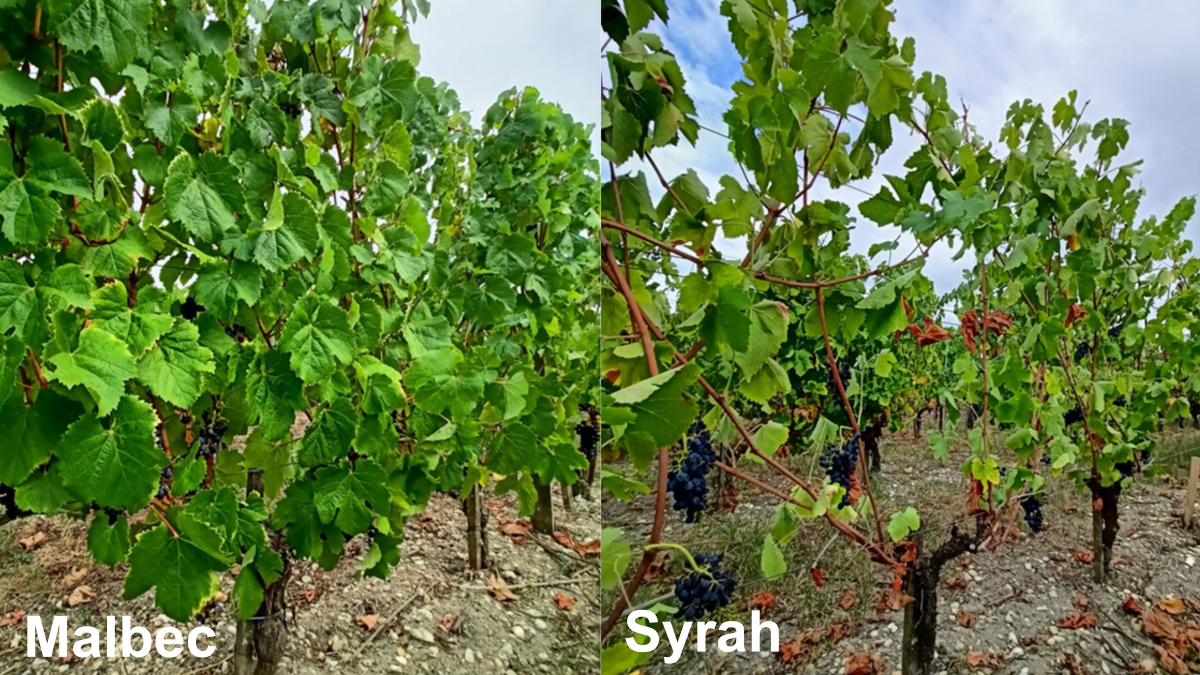
Puga and his colleague used statistical models to quantify the influence of 16 climate variables (see Table 1 of the journal paper) on varietal convergence in more than 800 wine regions around the world. The researchers found that climate has a substantial influence on the varieties planted in the last several decades. The results suggest that countries with more similar climates are converging toward a more similar varietal mix, but he cautions that the results do not mean that the varieties that have been planted are the best fit for a particular region. His study suggests that growers are often more influenced by marketing considerations than by what varieties may be better for producing high quality wine in their regions.
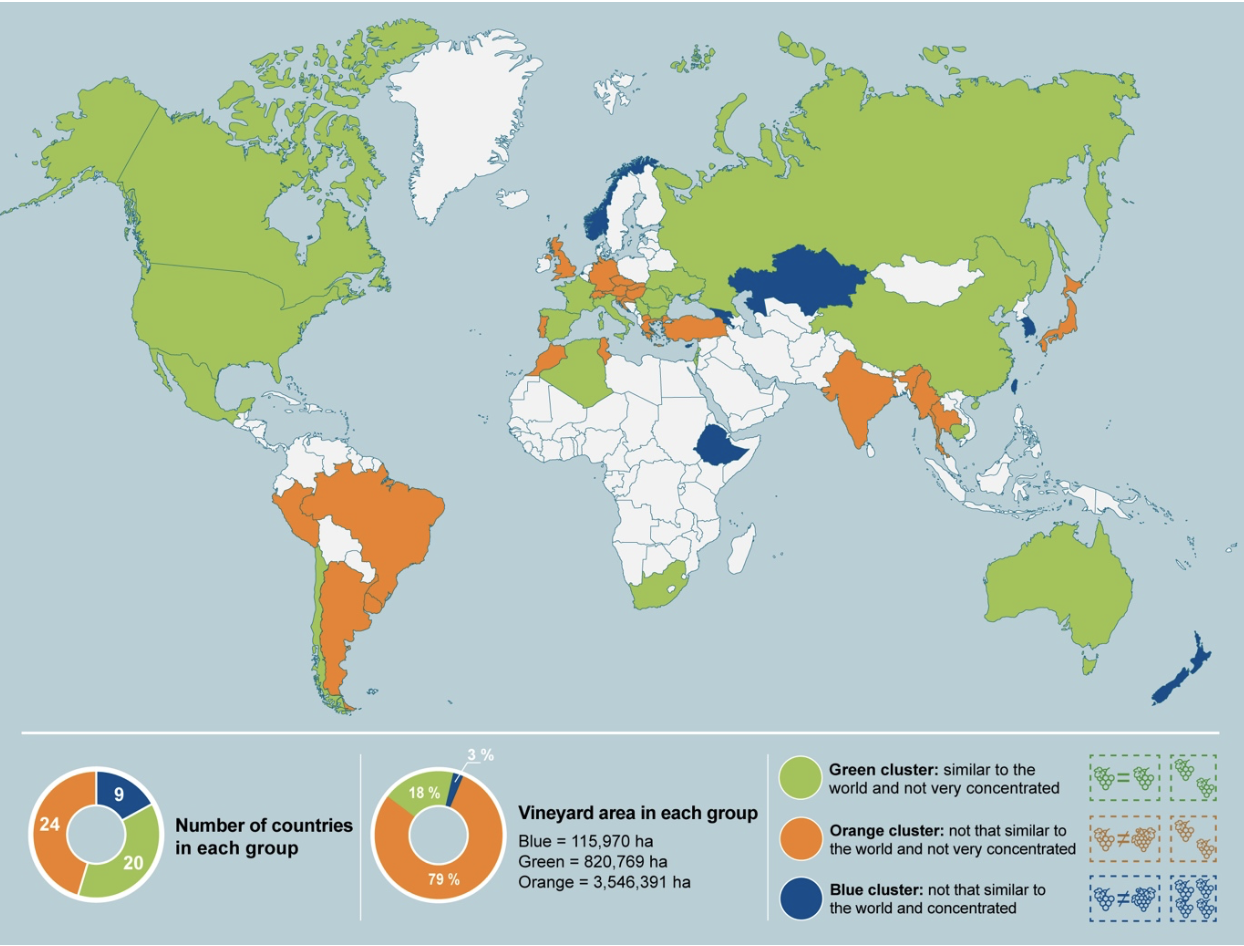
Despite the economic pressure, Puga believes growers need to think about the cultivars being raised in their vineyards. In particular, they need to think about the varieties that will be successful under varying climate conditions.
“It would be ideal if those regions could produce more wine made of varieties that do well in their climates,” Puga says. “For example, the European growing industry could in some cases become more flexible in allowing new varieties. That said, non-European countries seem to be more concentrated in a few mainstream varieties than European countries.”
What might the future hold for viticulture
The big question that remains is what to do next. In 2007, the Vitis Adaptation (VitAdapt) was designed to produce extensive phenotyping for a range of varieties. VitAdapt uses an experimental plot composed of a 52 grape varieties (21 white varieties and 31 red varieties) from Bordeaux, Languedoc, Spain, Italy, Greece, Portugal and Eastern Europe. Bordeaux is used as a regional reference for changing environmental conditions. VitAdapt pairs high quality phenotypical data for the varieties to weather station data to improve or validate phenological models. In addition, data from VitAdapt encourages winegrowers to adapt their vineyards to climate change by advancing the knowledge of new varieties and identifying varieties that are better adapted to a warmer, dryer climate conditions.
In 2019, van Leeuwen and colleagues suggested developing a global phenology network to help producers identify how cultivars respond to different climate conditions. By mining the vast genetic diversity in different grape varieties, it may be possible to address drought and quality characteristics and produce high quality wines with sustainable yields in a changing climate.
Future research could explore the economic implications of large-scale application of short- and long-term management strategies that the industry can use to adapt to changing environmental conditions. In addition, studies could focus on new pest and disease threats that could emerge as moisture levels shift around the planet. Finally, studies that examine the frequency of extreme weather events, such as heat waves, heavy rainfall, and even hail, could benefit agriculture as a whole.
Dig deeper
Puga, G., & Anderson, K. (2024). The influence of climate on varietal similarities across countries. Agricultural & Environmental Letters, 9, e7000. https://doi.org/10.1002/ael2.70001
Text © . The authors. CC BY-NC-ND 4.0. Except where otherwise noted, images are subject to copyright. Any reuse without express permission from the copyright owner is prohibited.




